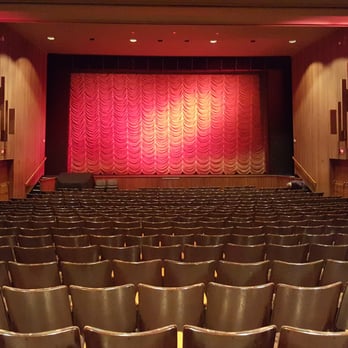I am not so sure I would ever consider that "audiophile imaging" could be reproduced with amplifiers and sound reinforcement speakers, at a live concert.
Here in LA, at the Los Angeles County Museum of Art, we used to have these free classical concerts in a great venue, The Bing Theater, on the museum grounds. They were called "Sunday’s Live" and they occurred every week.
The venue was specifically designed for live classical music, with fantastic acoustics. And other than the mic used to introduce the the performances, no other amplification existed.
If one sat in the first third to half of the theater, one experienced REAL imaging. As in, if a violinist sounded as if they were coming from the left part of the stage, a percussionist sounded like they were coming from behind the other musicians, a pianist sounded like they were in the middle of the stage, etc., that is because that is exactly where they were located while playing. And their instrument sounded exactly how big they actually are.
They didn’t sound like they were to the right or left because that is where the FOH engineer decided to pan them on their mixing board.
And as far as a piano sounding like it is 70’ wide, as the OP describes, for me that is the exact opposite of accurate, audiophile imaging.
The idea behind good imaging, is to reproduce the instruments at their correct size in relation to the rest of the instruments, in correct space (left/right, front/back), and a reasonable facsimile of size in reality.
Speaking in general, not specifically to the OP, I personally believe, that modern audiophiles are doing themselves a disservice by not listening to classical music. If for no other reason, than to hear what actual good imaging is.
I have classical recordings, where the image and soundstage is so holographic (sorry for the use of an audiophile cliché), that I can easily imaging myself getting off my listening chair and walking among the musicians, to the point where I can even tell how far apart they are from each other, and how much space they occupy.
I own plenty of studio recorded rock recordings, some are quite famous in the audiophile world, and despite being recorded extremely well, none of them create an image and soundstage like the type I mentioned above with regards to classical recordings.
The now defunct Bing.


